Legacy Modernization
 Critical services are often the oldest and most difficult to update. Modernization & consolidation of systems are even now more necessary to drive improved efficiency and security.
Critical services are often the oldest and most difficult to update. Modernization & consolidation of systems are even now more necessary to drive improved efficiency and security.
Part and parcel of cloud services, legacy modernization refers to updating, upgrading, and replacing those tricky to remove critical services that are out hiding in your organization. While any outdated technology large or small within an organization could be considered “legacy,” the term is often colloquially used to refer to outdated systems that have very low utilization but perform a small set of business-critical functions, ensuring that they stick around well past their expiration date eventually become a severe security threat as they pass out of official vendor support. At a wider scale, some legacy systems, while not necessarily immediate security threats, may not be capable of enabling key modern efforts required of government organizations, such as the need to offer digital government services to citizens, provide access to open data, and support increasingly hybrid workforces. Weeding out and replacing these legacy systems with evergreen ones (predominantly cloud services) ensures your path to a secure, modern technology environment is free and clear.
Merely deploying a new technology may not be enough to succeed. A clear modernization and adoption plan is a must, so all stakeholders feel like they are part of the solution throughout the process. Building the right strategy requires having an agile methodology that always starts with a realistic assessment, shared vision across the organizations and concrete goals/timelines.
Return to
NASCIO Top 10

